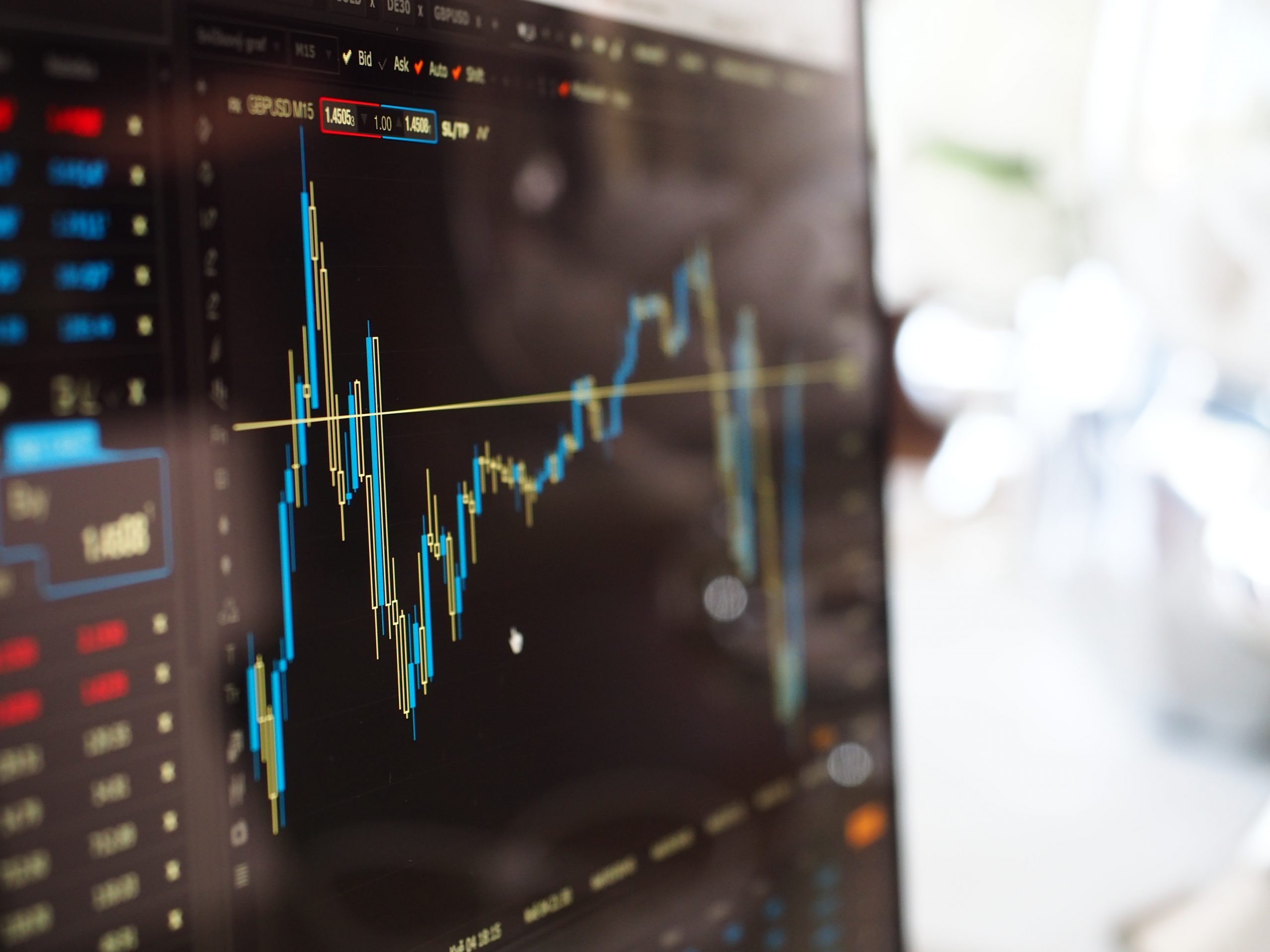Becoming a Trader Vs. Becoming an Investor: What’s the Difference?
Please note that we are not authorised to provide any investment advice. The content on this page is for information purposes only.
It’s no secret that both investors and traders seek to generate wealth over time. The two terms are often used interchangeably when, in fact, they’re quite different. To be more precise, it’s how traders and investors generate wealth is what sets them apart. The dynamic of trading is usually quite fast-paced, whereas investing is much more grounded.
Traders often trade commodities on a daily basis for short-term profits, while investors can sit on their investments for a very long time in order to maximize the return on investment (ROI). Therefore, deciding whether to become a trader or an investors is mostly down to personal preferences. With that in mind, let’s have a closer look at the difference between traders and investors.
Short-term Capital vs. Long-term Gains
More often than not, investing vs trading comes down to whether you’re interested in short-term or long-term gains. Profits can be made either way, the only difference is how fast you need those profits, in the first place. As mentioned before, traders trade commodities on a daily basis and the most common example is Forex currency pairs.
These can be bought and sold every minute or every hour depending on your strategy. On the other hand, investments revolve around stock, bonds and similar assets that are capable of generating wealth over prolonged periods of time, like the dividend income form stocks, for instance.
Advantages of Trading and Investing
Trading and investing offer a variety of advantages that can help you reach your financial goals. One of the main benefits of trading and investing is the potential to generate returns on your capital. By carefully selecting stocks, bonds, mutual funds or other investments, you can potentially earn a return on your money plus extra over time.
Moreover, trading and investing can provide diversification for your portfolio allowing you to mitigate and minimize common risks associated with both endeavors. Not only that but trading and investing can be done with relatively small amounts of capital. This means that even if you don’t have a lot of money to invest right away, you can still get started in the markets with whatever little you have.
The Risks Involved in Both Trading and Investing
Trading and investing both involve risks, but the type of risk varies depending on the strategy. When trading, the primary risk is that of market volatility. This means that prices can move quickly and unexpectedly, resulting in losses if you’re not careful or fast enough to capitalize on the market shifts.
Investing, on the other hand, involves more long-term risks such as inflation, for example. Inflation erodes purchasing power over time that may reflect on company performance and the value of their stocks.
The fact of the matter is that the market largely depends on global stability and economic conditions that when in turmoil can cause a lot of unpredictability for both investors and traders. Therefore, it’s essential for both traders and investors to have certain risk tolerance and exit strategies that can help them minimize the losses should things take an unexpected turn.






